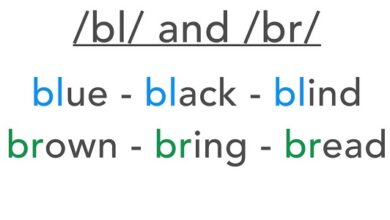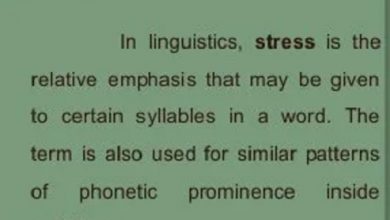Phonetics
Phonetics
English phonetics is the branch of linguistics that deals with the study of the sounds used in the English language. It focuses on the production, transmission, and reception of speech sounds in English and how they are used to form words and communicate meaning. Englopedia.com has a special focus on the said subject of English phonetics.
After reading the articles of Englopedia.com, you will be known that Phonetics is concerned with the physical properties of sounds, such as their acoustic properties, as well as the physiological and perceptual aspects of speech production and perception. In English phonetics, the sounds of the English language are analyzed in terms of their individual phonetic features, such as voicing, place of articulation, and manner of articulation.
Englopedia will further explain that English phonetics also studies the way in which sounds are combined in English to form syllables, words, and sentences, and how different sound patterns are used to create meaning. For example, English has a number of minimal pairs, which are words that differ in meaning based on a single sound difference, such as “bat” and “pat” or “ship” and “sheep.”
Overall, English phonetics is an important area of study for linguists, language learners, and anyone interested in understanding the sounds and patterns of the English language. It helps us to understand how sounds are produced and perceived, how they are used to convey meaning, and how they vary across different dialects and accents of English.
The experts of Englopedia.com are vigilant to take English phonetics and are keen to update this category on regular basis.
-

consonant cluster perfect imperfect and mixed consonant cluster
Consonant cluster Consonant cluster is the sequence of two or more consonants in a word, without the existence of a…
Read More » -

Stress in phonetics
Stress in phonetics, In linguistics , and particularly in phonology , emphasis or accent is the relative emphasis or prominence given to a particular syllable in a word or to a particular…
Read More » -
Vocal cord dysphonia treatment/Symptoms/how long it last
Vocal cord dysphonia Vocal cord dysphonia is a problem caused by misuse of the voice , often due to lack of skills and vocal…
Read More » -
Language production definition and process involved production
Language Production Language production, the ability to speak is a distinctive and enigmatic characteristic of the human species. Despite this,…
Read More » -
Diacritical marks examples and types definition elaboration
Diacritical mark The diacritical mark is a punctuation mark used to distinguish the grammatical office from homograph words. In general, an…
Read More » -
Homogeneous diphthong characteristics examples
Homogeneous diphthong The homogeneous diphthong is one formed by the union of two closed vowels (i, u). In general terms, a diphthong…
Read More » -
Emphatic accent concept and examples
Emphatic accent The emphatic accent can be defined as a tool that is used to differentiate two words that are spelled the…
Read More » -
Examples of Triphthongs to Understand the Concept in detail
Examples of Triphthongs Many are examples of triphthongs, a combination of monosyllabic vowels that involve a rapid movement of the…
Read More » -
Cacophony etymology with definition types and examples
Cacophony A cacophony is an expression that generates dissonance during its pronunciation. This is because cacophony is required to have similar or…
Read More » -
Consonant rhyme examples/ definition and characteristics
Consonant rhyme A consonant rhyme is one that occurs between 2 or more verses when their final words are exactly the same…
Read More »